In a world that’s constantly changing, there are certain questions that never lose their importance. They resonate across generations, touching the very essence of life itself. So, Why are trees so important?
Here, we’ll explore the many vital roles that trees play, serving as oxygen factories, pillars of biodiversity, champions against climate change, and so much more.
The Oxygen Factory
Trees are not only beautiful and majestic, but they are also essential for our survival. They play a crucial role in producing oxygen necessary for breathing. Trees are anointed as the “lungs of the Earth” because they absorb carbon dioxide and release oxygen through photosynthesis.

Why Are Trees So Important to Our Planet
Photosynthesis is a complex process that occurs in the leaves of trees. It involves the absorption of sunlight, carbon dioxide, and water to produce glucose and oxygen. During this process, trees absorb carbon dioxide, a harmful greenhouse gas contributing to climate change. Trees then release oxygen, which is essential for the survival of all living organisms.
Trees are so important because they help purify our air. They sponge in harmful pollutants and release clean oxygen. In urban environments, trees absorb toxic gases like nitrogen oxides, ozone, and carbon monoxide and sweep up particles like dust and smoke. This creates the air cleaner and healthier for us to breathe.
How Much Oxygen a Single Tree Can Produce?
Incredibly, a single tree can produce so much oxygen. A mature leafy tree has as much oxygen in a season as 10 people inhale in a year. Trees alone can give enough oxygen to supply all human oxygen needs. Trees are essential and benefit the environment.
According to the National Wildlife Federation, trees improve air quality, reduce the effects of climate change, conserve water, and provide habitat for wildlife. They also provide shade, which can help to scale down energy costs and improve the comfort of our homes and communities.
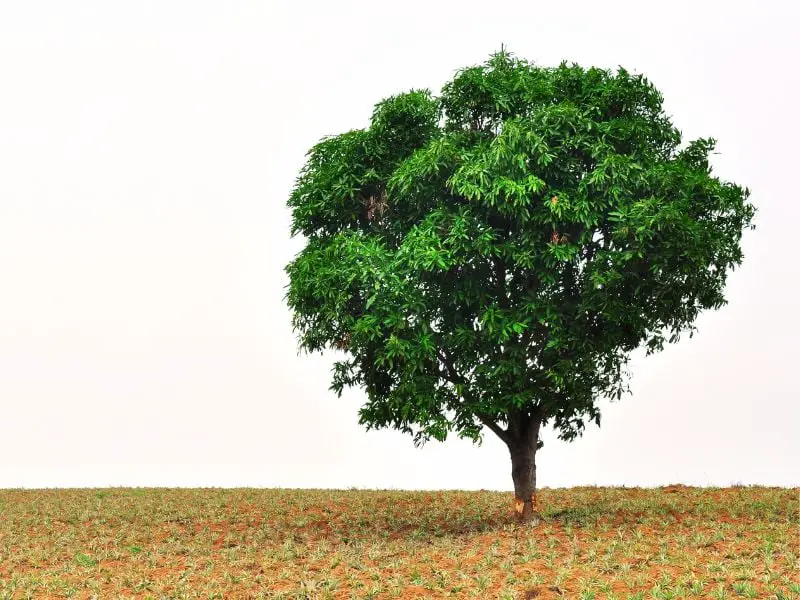
Trees Are Essential Components of Diverse Ecosystems
Trees maintain the balance of nature, regulating the climate, and providing clean air and water. Trees are essential for soil conservation, erosion prevention, and quality improvement.
Besides their ecological importance, trees also have cultural and economic significance. They have been used for timber, fuel, and medicine for thousands of years and are essential for many communities worldwide.
Unique Creatures Whose Existence Relies Solely on Specific Types of Trees
Many species of animals and plants rely on specific types of trees for survival. For example, the beloved Australian marsupial koala feeds exclusively on eucalyptus leaves. The monarch butterfly, a symbol of conservation, depends on milkweed plants for survival. The African elephant, the largest land animal on Earth, feeds on various trees’ leaves, bark, and fruit.
Trees also provide habitat for a wide range of bird species, from the tiny hummingbird to the majestic eagle. They offer shelter, nesting sites, and bird food, helping maintain their populations.
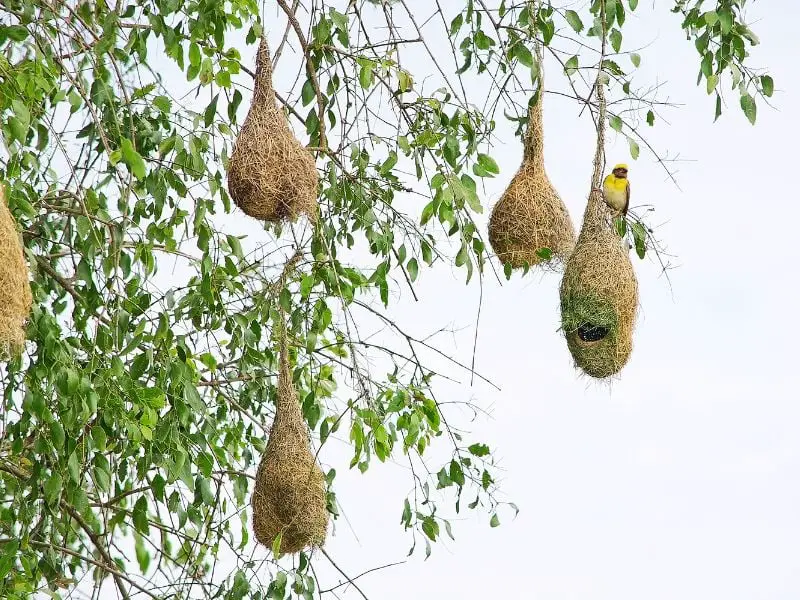
Trees’ Role in Combating Climate Change
Acting as Earth’s climate guardians, trees mitigate global warming by absorbing carbon dioxide, known as carbon sequestration. Beyond this, they release water vapor through transpiration, naturally cooling the environment, a valuable trait in overheated urban areas. Simply put, trees are our powerful allies in the fight against climate change.
“Can’t See the Forest for the Trees.”
The phrase “can’t see the forest for the trees” is often used to describe a situation where someone is so focused on the details that they miss the bigger picture. In the case of deforestation, this phrase is particularly apt. When we focus on the short-term benefits of cutting down trees, we often fail to see the long-term consequences of our actions.
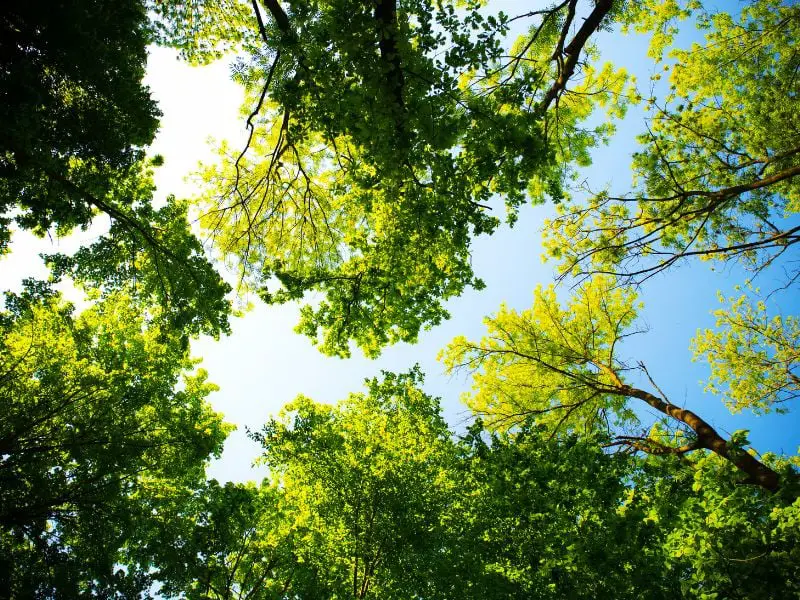
Other Benefits of Trees in the Fight Against Climate Change
In addition to their carbon sequestration and cooling effects, trees have several other benefits in the fight against climate change. These include:
- Preventing soil erosion: Trees help to hold soil in place, preventing decay and protecting against landslides and other natural disasters.
- Providing habitat for wildlife: Trees provide habitat for a wide range of nature, from birds and insects to larger mammals like deer and bears.
- Improving air quality: Trees absorb pollutants from the air, helping to enhance air quality and reduce the risk of respiratory illnesses.
- Providing shade: Trees provide shade, which can help reduce the energy needed to cool buildings in hot weather.
Trees are not just a source of shade and beauty; they produce many essential products daily. Wood is one of the most common products derived from trees used in construction, furniture making, and paper production. Trees also provide rubber for making tires, gloves, and other products.
In addition to wood and rubber, trees also produce a variety of fruits and spices. From apples and oranges to cinnamon and cloves, trees provide delicious and aromatic flavors for cooking and baking. These products are crucial for our daily lives and play a massive role in the global economy.
The Economic Impact of Trees and the Forestry Industry Worldwide
The forestry industry significantly contributes to the global economy, employing millions worldwide. According to the Food and Agriculture Organization of the United Nations, the forestry industry contributes approximately $600 billion to the global economy each year.
The economic significance of trees extends beyond the forestry industry. Trees also provide a range of ecosystem services essential to human wellbeing. These services include air and water purification, soil conservation, and flood control.
Trees and Green Spaces Improve Mental Health
Ever experienced a soothing tranquility while meandering through a forest or reclining beneath a tree? This serene sensation isn’t merely a figment of your imagination.
A riveting study from the University of Michigan revealed that not only does immersing oneself in nature enhance cognitive function and memory but even the simple act of gazing at nature imagery can offer similar benefits. The peace you feel around trees isn’t just a poetic notion—it’s scientifically proven.
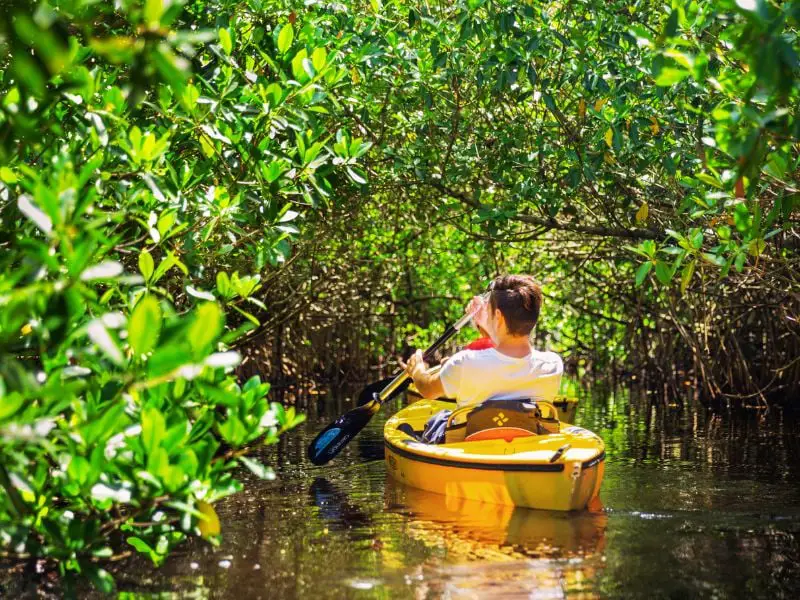
Trees Energize You
Take a moment to reflect on some of your own positive experiences with trees. Maybe you built a treehouse as a child, or you have fond memories of peaceful walks in the woods. Whatever it may be, these experiences are not just nostalgic; they have real, tangible benefits for your mental health.
Studies have shown that time in nature can diminish stress and anxiety, lower blood pressure, and improve overall well-being. So, the next time you’re feeling stressed or overwhelmed, have a break and spend some time with the silent therapists: the trees.
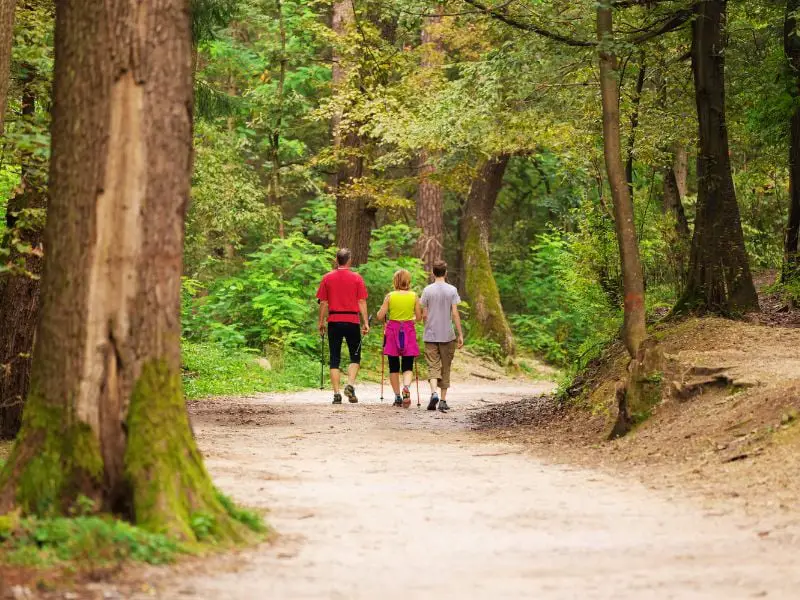
How Trees Contribute to Water Management
Trees are a natural shield against heavy rainfall, effectively preventing soil erosion. The leaves and bark of trees moderate the impact of water droplets on the soil surface, thereby reducing erosion risks. The roots of trees bind soil particles together, hindering water runoff and thus preserving the soil.
How Trees Mitigate Floods and Droughts
- Trees are a natural shield against heavy rainfall, effectively preventing soil erosion. The leaves and bark of trees moderate the impact of water droplets on the soil surface, thereby reducing erosion risks.
- The roots of trees bind soil particles together, hindering water runoff and thus conserving the soil.
- They act as natural filters, absorbing nutrients and pollutants from the soil and preventing them from contaminating water sources.
- Trees temper the water flow, allowing more to be absorbed into the ground.
Trees’ Cultural, Religious, and Historical Importance
Trees have played a crucial role in shaping cultural and religious beliefs worldwide. In Hinduism, the banyan tree is sacred and is believed to be the abode of gods and goddesses. In Christianity, the Christmas tree symbolizes the birth of Jesus Christ. In Japan, the cherry blossom tree is a symbol of the transience of life.
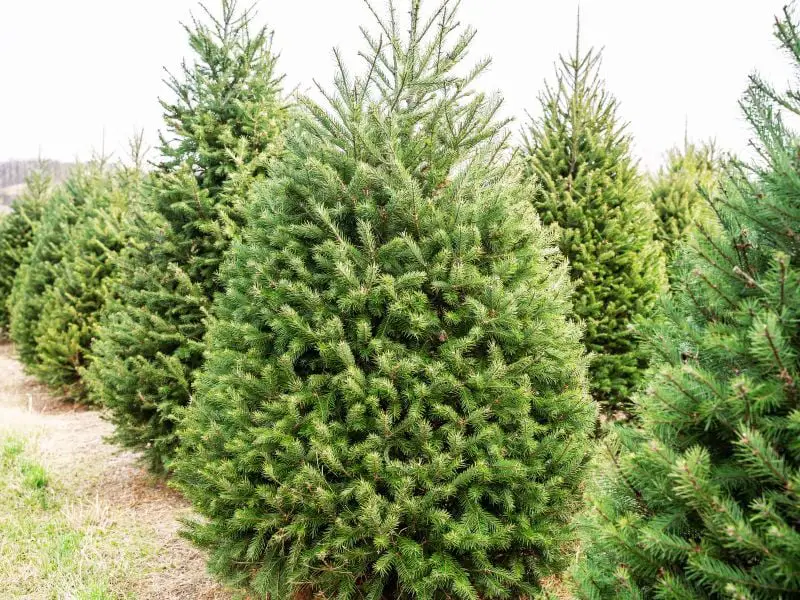
Trees have also been an essential part of historical events. The famous apple tree in Sir Isaac Newton’s garden is where he is said to have discovered the law of gravity. The Liberty Tree in Boston symbolized resistance against British rule during the American Revolution.
Trees have been used as landmarks and meeting points for centuries. The phrase “meet me under the old oak tree” is a classic example of how trees have served as a meeting point for people.
Trees also serve as a landmark in urban areas. The famous cherry blossom trees in Washington, D.C., symbolize spring and attract tourists worldwide. In New York City, the Rockefeller Center Christmas tree is a popular attraction during the holiday season.
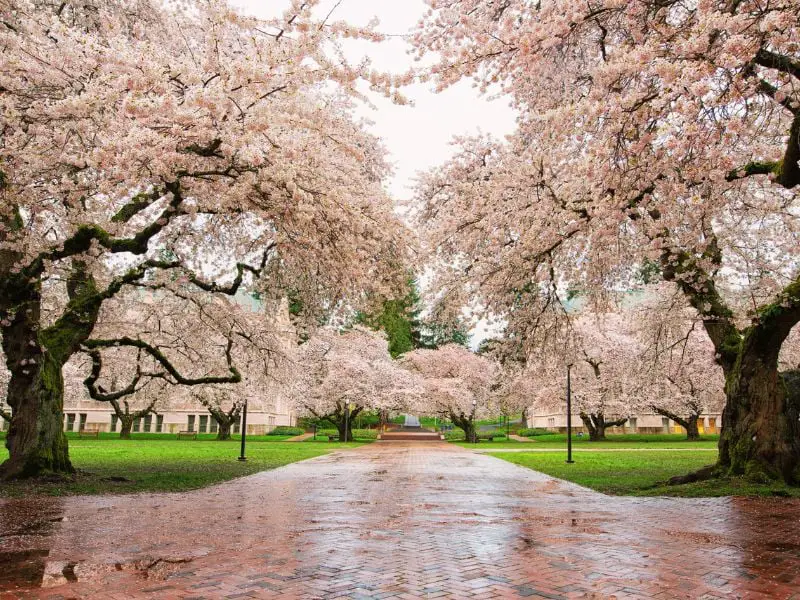
Author’s Note
In conclusion, trees are the lifeline of our planet. Their importance and benefits are far-reaching, from combating climate change to enriching our surroundings with beauty and tranquility. As we recognize their vital role, let’s stand together in protecting and planting trees, ensuring a greener and healthier world for all.
Discover the world of trees! From Rapid Growth with Fast-Growing Trees to the prestigious Tree City USA and the Largest Forests on Earth. Unearth the wonders of nature’s giants and their impact on our planet.

